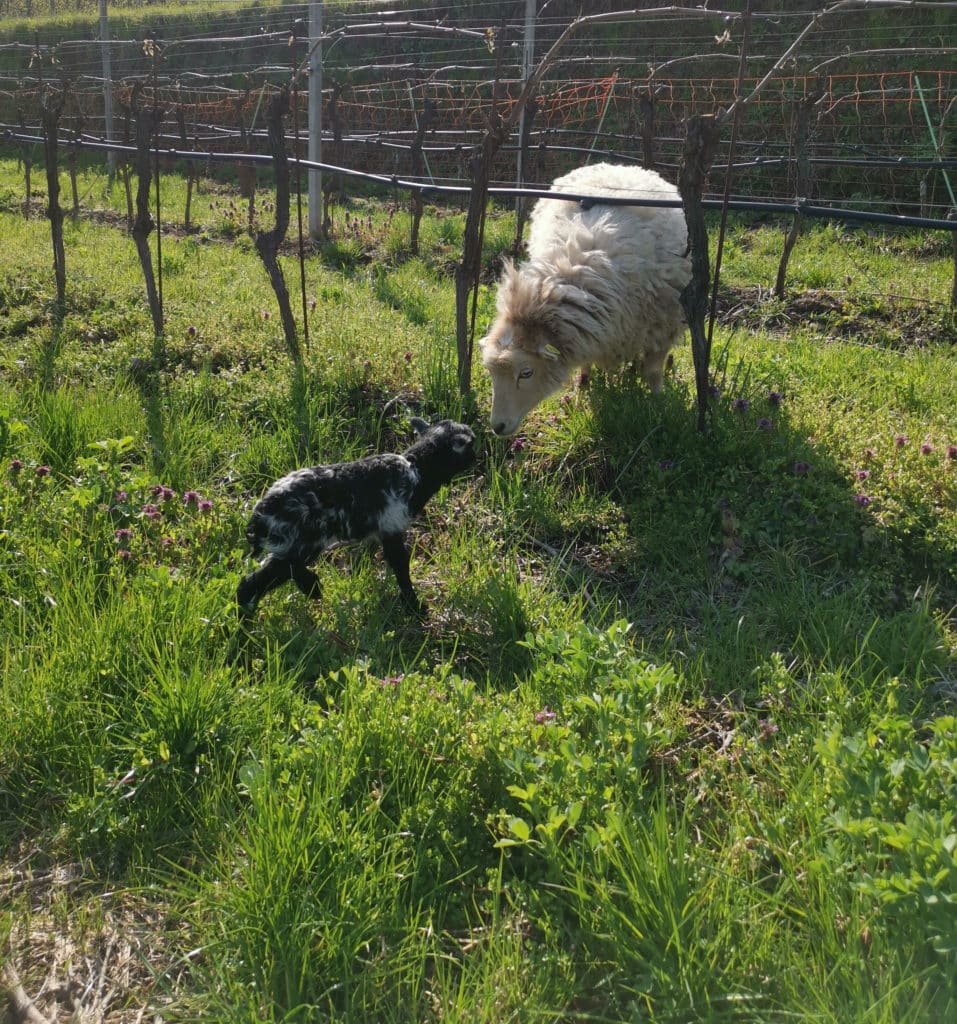Blog
The difference between organic, biodynamic, and sustainable wine
![]() April 22, 2020
April 22, 2020
![]() Wineries, Wines
Wineries, Wines

It’s a question that we get asked a lot: What’s the difference between organic, biodynamic, and sustainable farming practices?
As we dive into an answer, it’s important to note that while organic and biodynamic are related categories, sustainable farming is an entirely separate field. So let’s start with a basic definition of organic and biodynamic before we move on to what sustainable means.
The term organic, when applied to grape farming, means that no synthetic herbicides, pesticides, or fungicides are used to farm the vines. Organic grape farmers can still spray their vines with sulfur and copper for fungal prevention and protection. And they can also employ a wide range of non-synthetic strategies to eliminate pests. But they can’t use any chemicals.
It’s important to note that there’s a difference between organically farmed wines and organically vinified wines. A wine can be made from “organic grapes” but can’t be labeled as “organic wine” unless all the products used to make the wine, like yeast, are also organic. And today, in a more recent development, “organic wine” must be made without the addition of sulfur (more commonly referred to as sulfites). See this great explanation from the USDA.
In a sense, biodynamic farming takes it a step further. Biodyanmic precepts call for the vines to be farmed organically. But biodynamic farming also requires for the farmers to take additional steps to bolster the health of their soils. They do so by using “biodynamic preparations,” including “field” preparations and “compost” preparations. Preparation 500, a field preparation essential to biodynamic farming (and certification), is made by filling a cow’s horn with cow manure and burying it in the winter to decompose. When it is unearthed in the spring, it is mixed with water and sprayed throughout the vineyards. This process helps to enrich the humus, in other words, the life of the soil by increasing biodiversity on a microbiological level.
Biodynamic farming also requires adherence to the lunar cycle for all vineyard and cellar operations. From planting to harvest, to vinification and bottling, every step must be carried out in observance of the moon’s phases.
Many organic farmers borrow techniques from biodynamics, like cover crops and composting, to enhance the biodiversity of their soils. But they often forgo the lunar cycle observance, something that many believe is more “spiritual” than practical or effective.
The Demeter association (pronounced DEH-meh-tehr), the entity that certifies biodynamic farming and food and wine production, lists the precepts and requirements on its site here. The process is much more complex than what we have described here. But this post is a good start.
One of the more compelling developments in biodynamic certification is that in recent years, Demeter required winemakers to use only native yeasts (ambient yeasts as opposed to cultured yeasts) in vinification in order to certify the wines as biodynamic.
The notion of sustainability in grape farming refers instead to the farm and winery’s carbon footprint and impact on the environment and on human health and community. Organic practices are often employed by sustainable farmers so as to eliminate chemical residue or runoff. But sustainable farms aren’t necessarily organic. Some might be surprised to discover that organic farming can actually damage the environment and harm humans who work in agriculture or live in farming communities. Today, the use of copper, for example, is one of the most controversial elements in organic farming for this reason.
Sustainability also aims to support — to sustain — the overarching agricultural community. Sustainable grape farms are mindful that other crops are being cultivated and livestock is being raised in the same area and they employ farming practices that ensure everyone’s economic and health security.
Energy efficiency is another overarching element in sustainability.
There are a number of certifications and protocols available for sustainable farmers in the U.S. like SIP (Sustainability in Practice) or LIVE. See the links to learn more about what is considered sustainable farming.
Do you have questions or comments about these different approaches to grape farming? Or do you have a topic you’d like our educator to cover? Leave a comment and we’ll be happy to get the discussion going!
Here’s some food for thought, a quote from the founder of the biodynamic movement Rudolf Steiner (1861-1925)”:
“Now a farm comes closest to its own essence when it can be conceived of as a kind of independent individuality, a self-contained entity. In reality, every farm ought to aspire to this state of being a self-contained individuality.”







